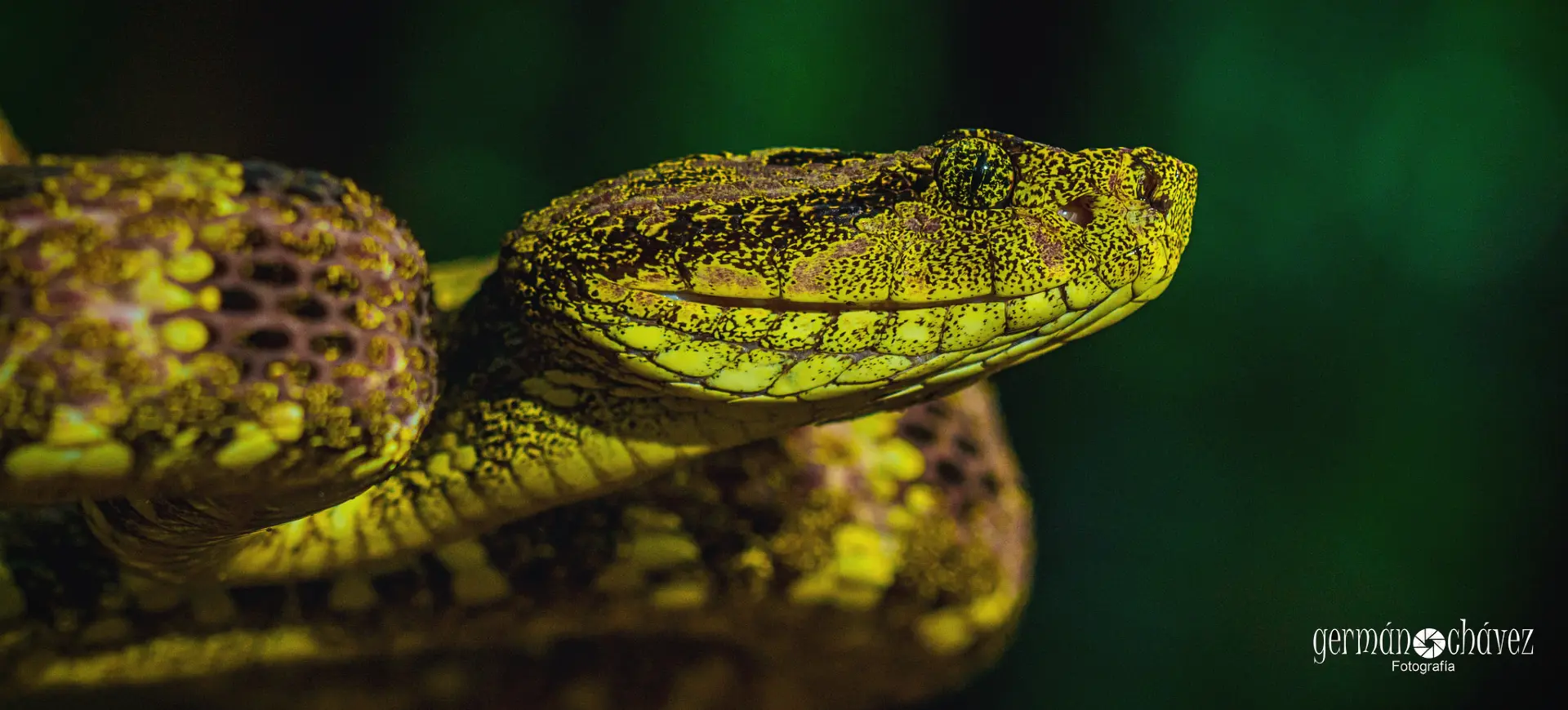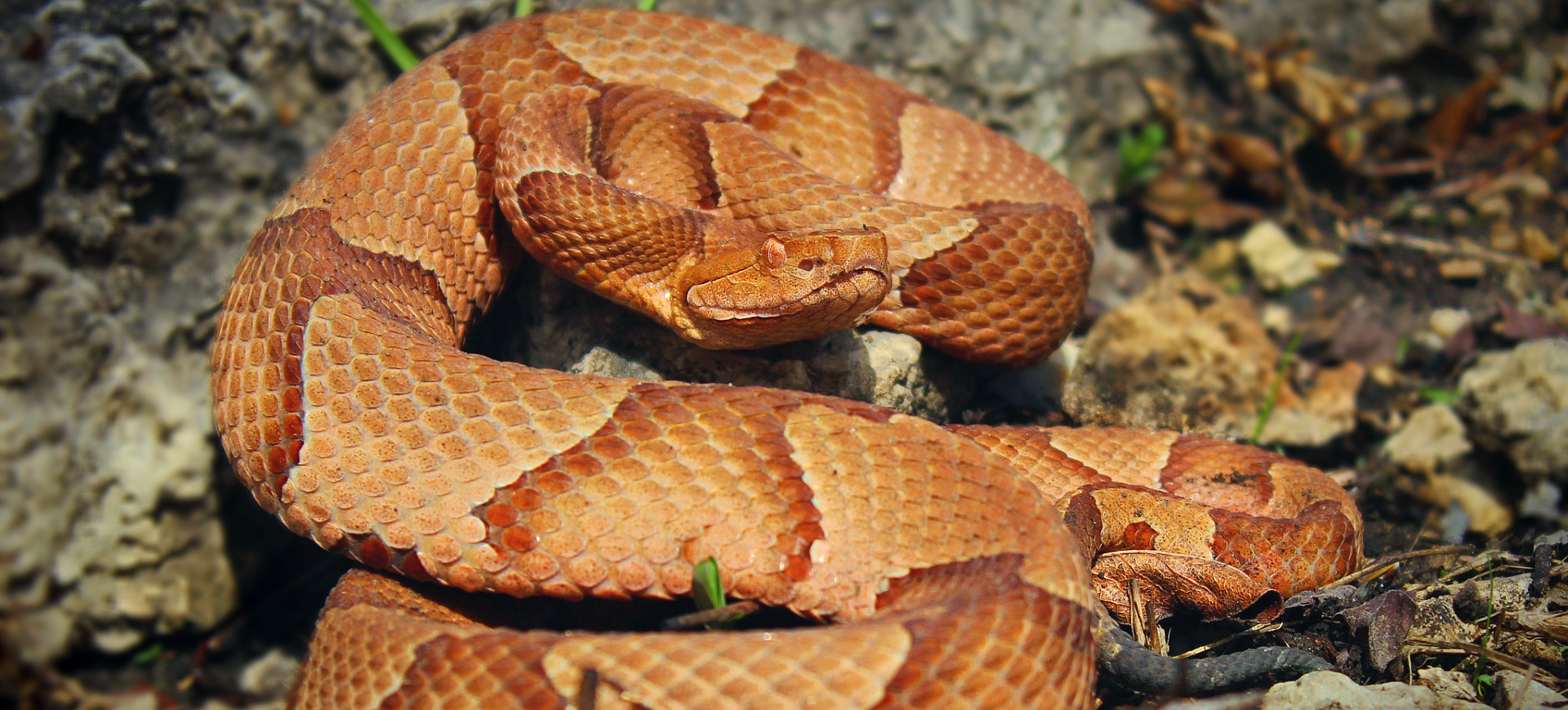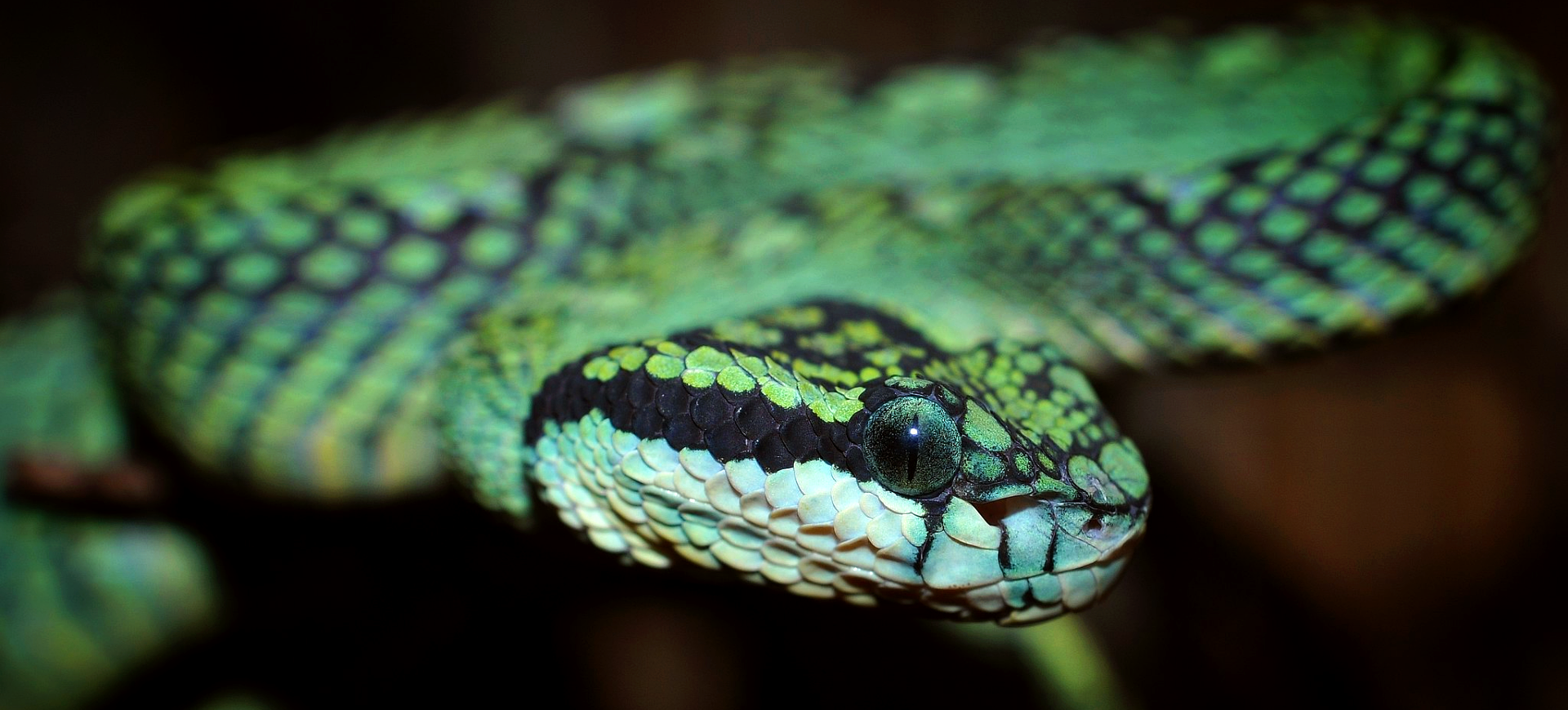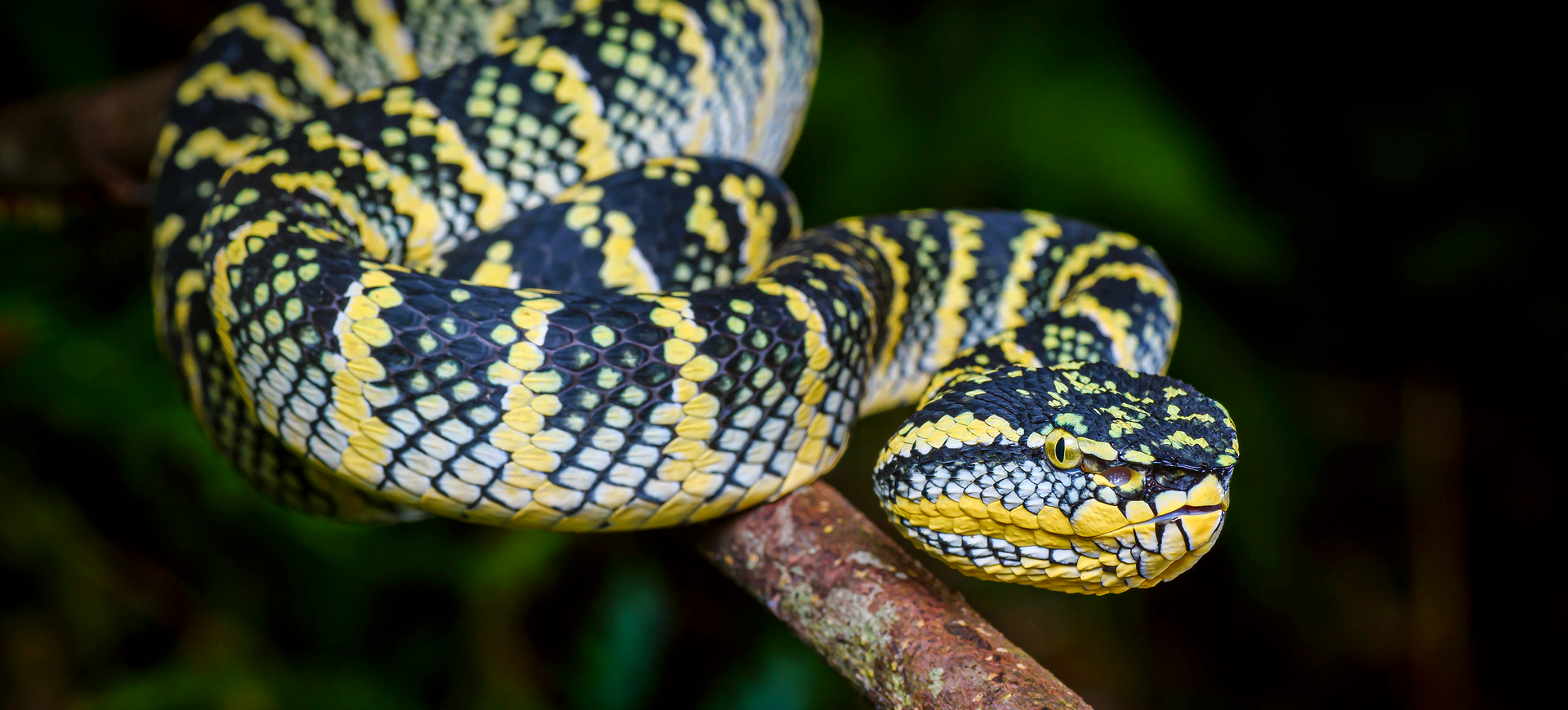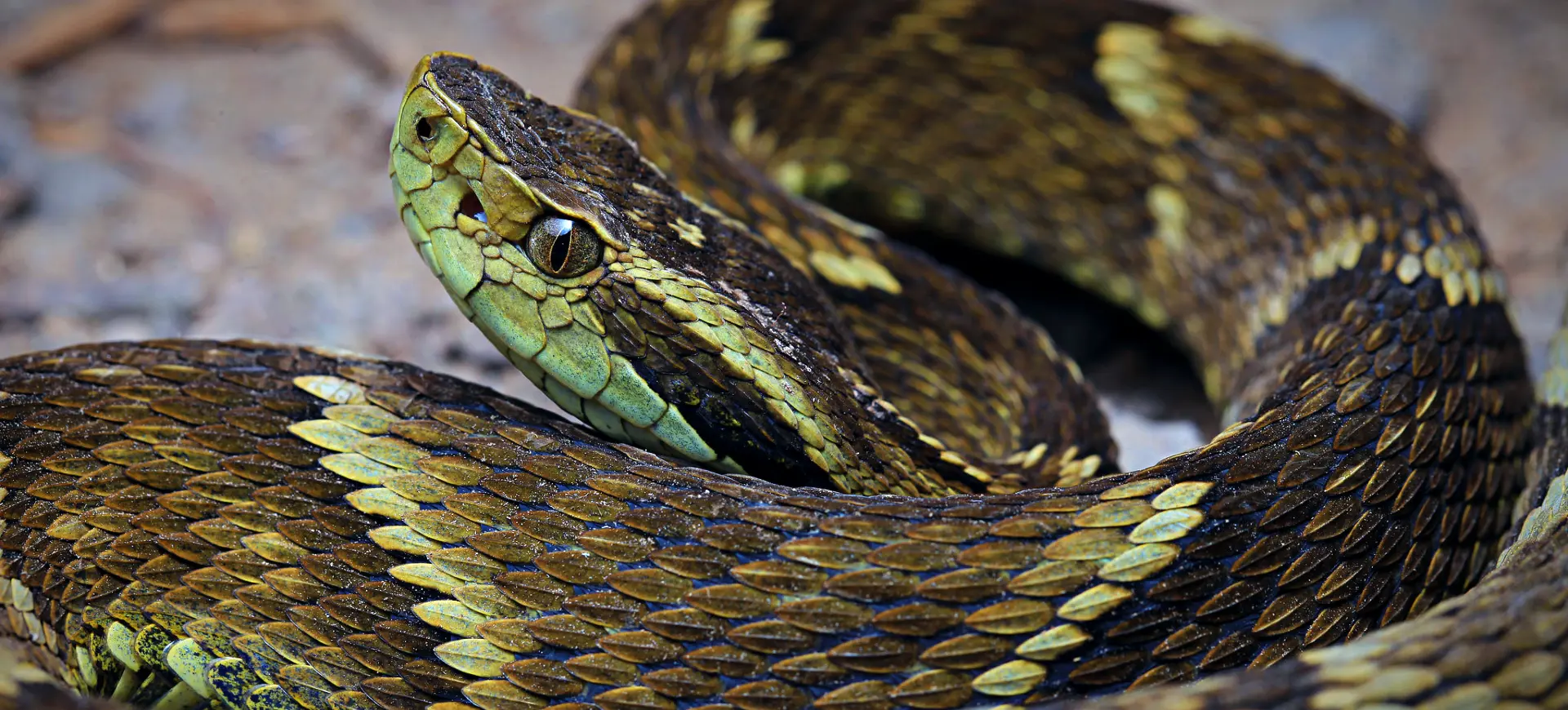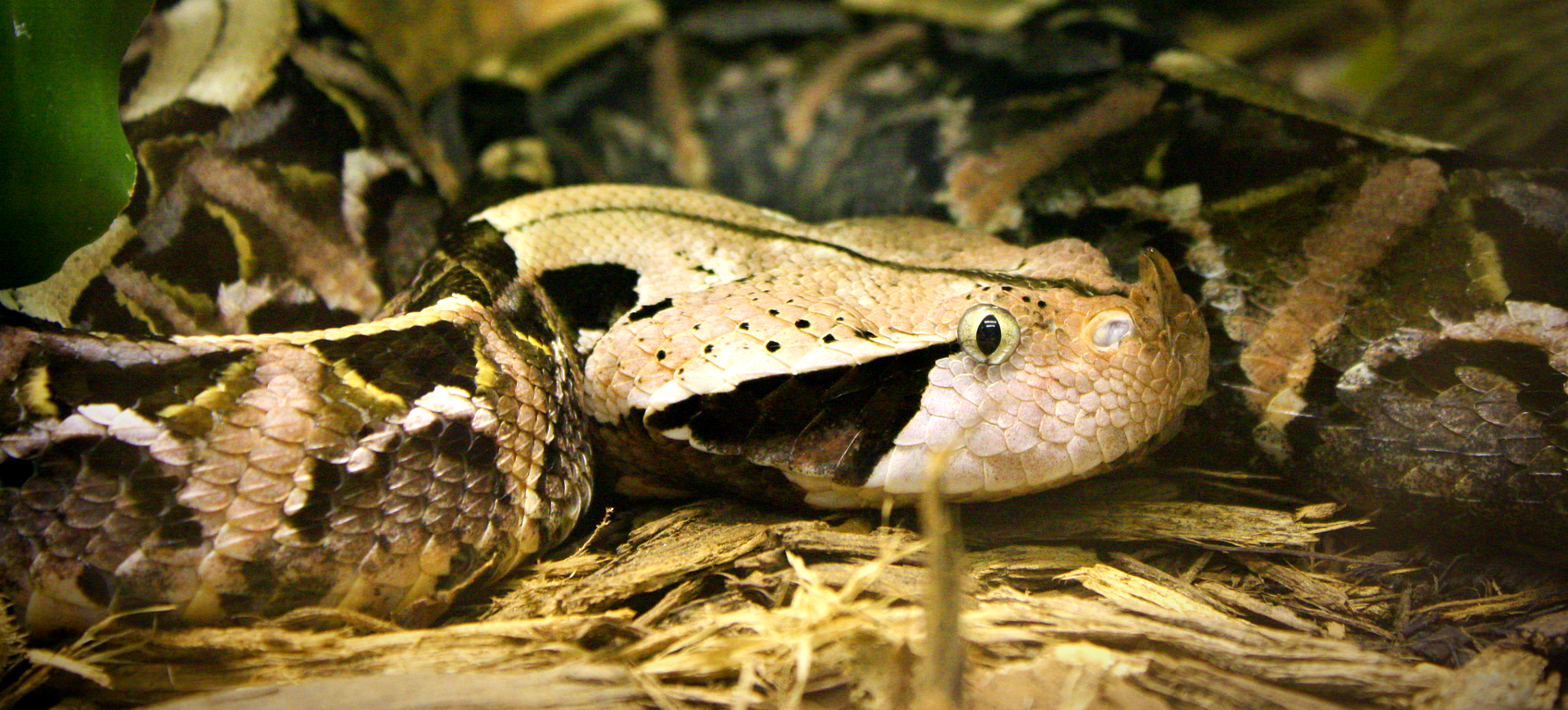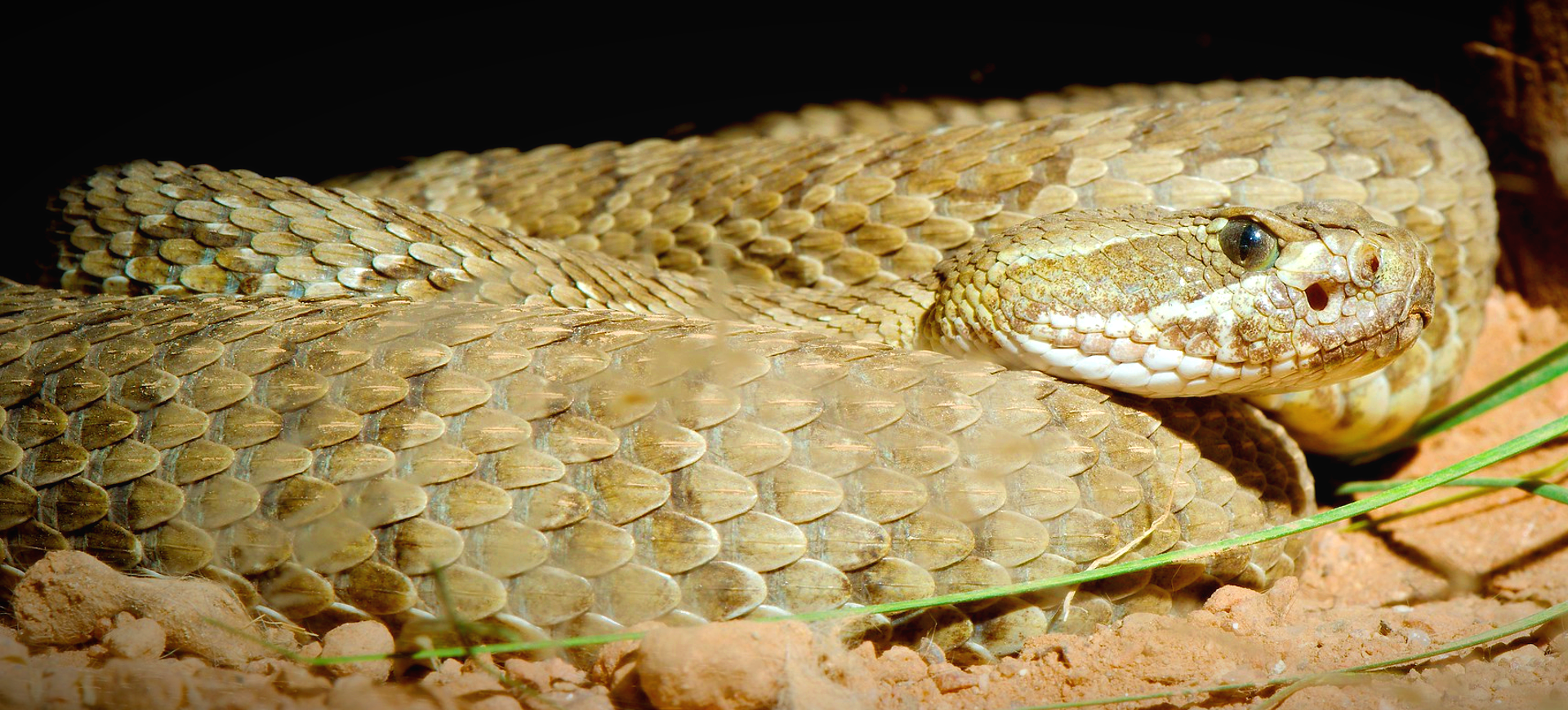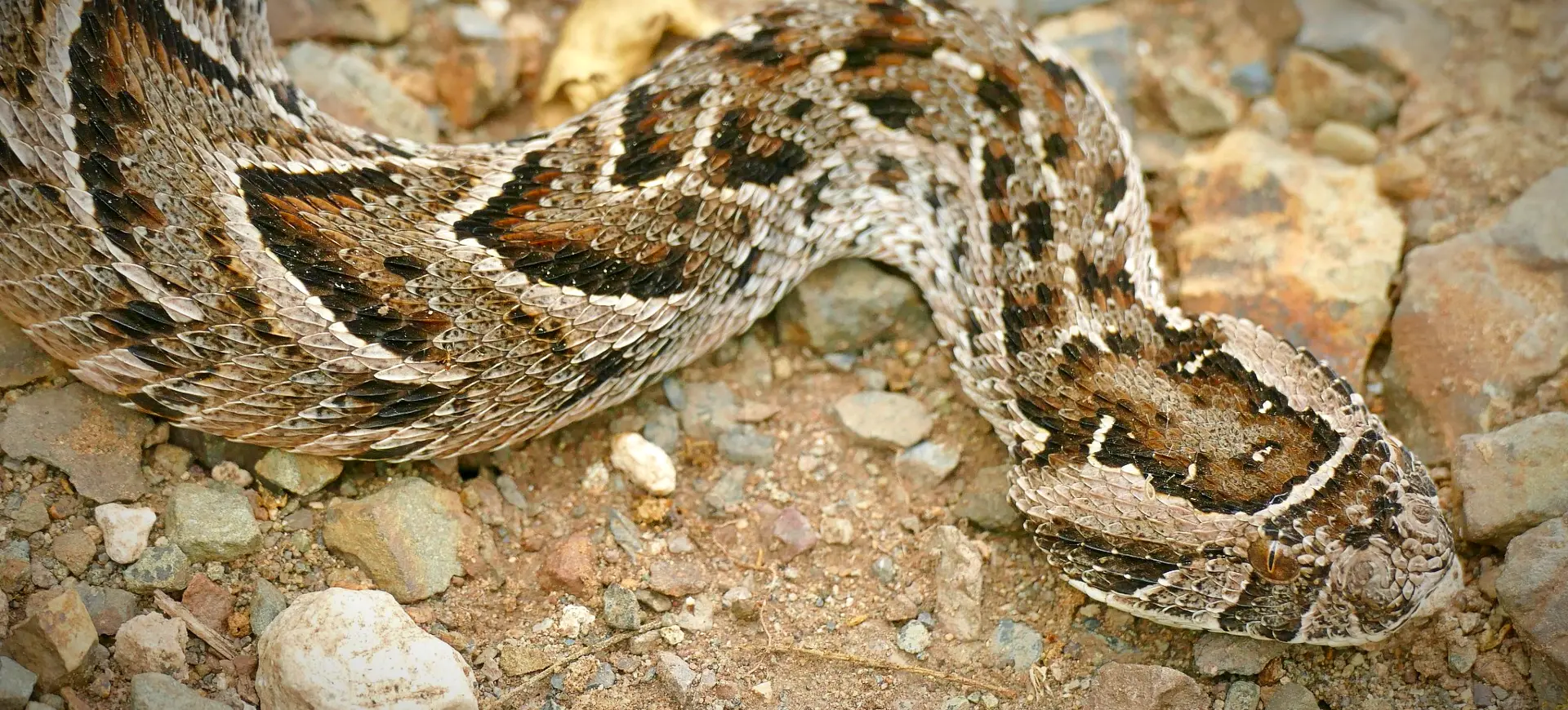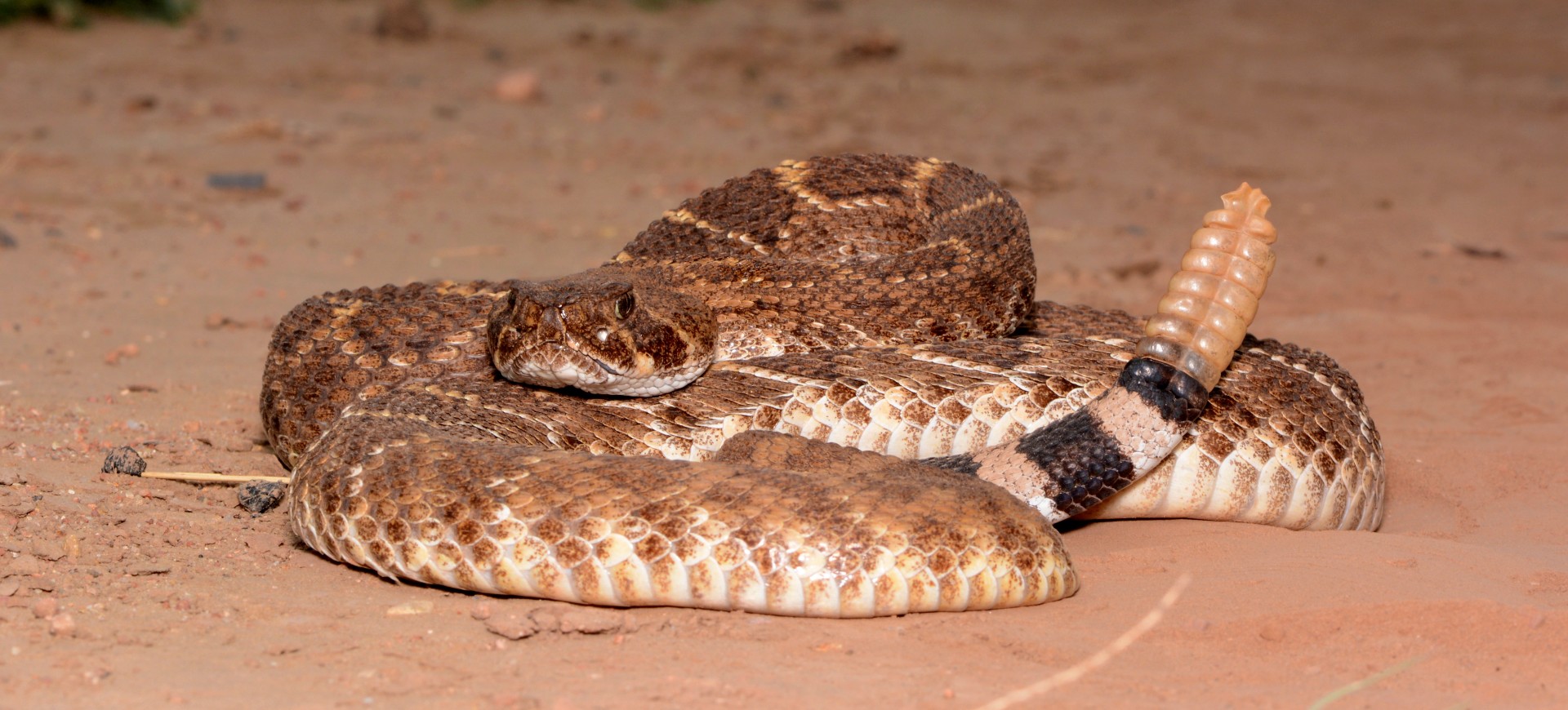Overview
The Timber Rattlesnake, a species native to the eastern United States, is recognized for its distinctive rattling sound and striking pattern. This venomous snake inhabits forested regions, thriving in deciduous forests, rocky outcrops, and rugged terrain. Adults can reach lengths of 3 to 5 feet, showcasing a variety of color morphs, from yellowish-brown to black, with dark crossbands. They play a crucial role in controlling rodent populations, contributing to the balance of their ecosystems.
Timber Rattlesnakes are known for their potent venom, primarily for hunting rather than defense. They exhibit remarkable patience while hunting, lying in wait for prey such as rodents and birds. During the colder months, they hibernate in communal dens, which generations of snakes can use. Despite their fearsome reputation, Timber Rattlesnakes are generally shy and avoid human contact, striking only when threatened.
Conservation efforts for Timber Rattlesnakes focus on habitat protection and mitigating human-wildlife conflicts. They face threats from habitat destruction, persecution, and illegal collection for the pet trade. Education and awareness are essential to conserving this species, emphasizing their importance to the ecosystem and reducing unwarranted fear.
Physical Description:
The Timber Rattlesnake is characterized by its robust body, distinctive rattle, and striking pattern. The coloration varies widely, ranging from yellowish or grayish backgrounds to darker black or brown, with darker V-shaped crossbands. This variability allows them to blend into the forest floor effectively. The rattle, composed of keratin segments, is a warning signal to potential threats.
Their head is broad and triangular, featuring heat-sensing pits between the eyes and nostrils that detect warm-blooded prey. Timber Rattlesnakes have large, hinged fangs through which they inject venom. Despite their size and potential danger, they are among the more docile species of venomous snakes in the United States, often choosing to retreat rather than confront threats.

Lifespan: Wild: ~10 Years || Captivity: ~25 Years

Weight: Male & Female: 1.1-3 lbs (0.5-1.4 kg)

Length: Male & Female: 36-60 inches (91-152 cm)
Characteristic:
Native Habitat:
Timber Rattlesnakes are found in the eastern United States, favoring deciduous forests, mountainous areas, and rocky outcrops. They require habitats with ample sunlight for basking, thick underbrush for cover, and den sites for hibernation. Their preference for rugged and remote areas often puts them at odds with expanding human development.
These snakes are essential in their habitats, serving as predators and prey within their ecosystems. Preserving their natural habitats is critical for survival, highlighting the importance of protected areas and conservation initiatives.
Climate Zones:
Biomes:
WWF Biomes:
Biogeographical Realms:
Continents:
Countries:
Diet:
Diet & Feeding Habits:
Timber Rattlesnakes are carnivorous, utilizing their venom to subdue prey such as rodents, small mammals, and birds. They employ a sit-and-wait strategy, striking quickly when prey comes within range. After envenomating their prey, they track it using their keen sense of smell until it succumbs to the venom.
Their diet plays a vital role in controlling rodent populations, thereby limiting the spread of diseases and maintaining ecological balance. The feeding frequency varies with age, size, and availability of prey, with active hunting primarily occurring during warmer months.
Mating Behavior:
Mating Description:
Timber Rattlesnakes exhibit a seasonal mating behavior, typically occurring in late summer to early fall. Males engage in ritualistic combat for access to receptive females, a behavior that involves intertwining their bodies and attempting to pin each other to the ground. Females give birth to live young every 2 to 3 years, with litter sizes ranging from 5 to 14 offspring.
The young are born fully formed and are independent from birth, equipped with venom for hunting. Maternal investment is minimal beyond gestation, with neonates dispersing to find their territories shortly after birth. The survival of juveniles is crucial for maintaining population levels, emphasizing the importance of preserving suitable habitats for their development.
Reproduction Season:
Birth Type:
Pregnancy Duration:
Female Name:
Male Name:
Baby Name:
Social Structure Description:
Timber Rattlesnakes are generally solitary, except during mating season and when sharing communal hibernation dens. These communal dens, or hibernacula, can house multiple generations and are essential for the snakes’ survival during the cold months. Social interactions are limited but include complex behaviors during mating and communal living in dens.
Understanding the social structure and behavior of Timber Rattlesnakes is important for identifying critical habitats and implementing effective conservation measures. Protecting communal dens and surrounding habitats is crucial for maintaining healthy populations and ensuring the species’ survival.
Groups:
Conservation Status:
Population Trend:
Timber Rattlesnake populations are decreasing in some areas due to habitat destruction, road mortality, illegal collection, and persecution. While not globally listed as endangered, they are considered threatened or endangered in several states within their range. Conservation efforts are focused on habitat protection, legal protections, and reducing human-wildlife conflict through education and awareness.
Establishing protected areas and wildlife corridors is essential for their survival, ensuring that Timber Rattlesnakes have access to undisturbed habitats for feeding, mating, and hibernation. Public education campaigns aim to reduce fear and misunderstanding, promoting coexistence and appreciation for their role in ecosystems.
Population Threats:
The primary threats to Timber Rattlesnakes include habitat loss and fragmentation from agricultural expansion, urban development, and forestry practices. Road mortality is a significant concern, as snakes are often killed while crossing roads. Additionally, persecution and fear lead to indiscriminate killing, and illegal collection for the pet trade further reduces wild populations.
Climate change poses an emerging threat, potentially altering habitat conditions and prey availability. Conservation strategies must address these challenges to ensure the long-term survival of Timber Rattlesnakes in their natural habitats.
Conservation Efforts:
Conservation initiatives for Timber Rattlesnakes include habitat preservation, research, and public education. Legal protections at the state level help to safeguard populations and habitats, while research on population dynamics and habitat requirements informs conservation planning. Public education efforts aim to dispel myths and promote understanding of the ecological benefits of rattlesnakes, reducing unnecessary killings.
Collaboration between conservationists, landowners, and government agencies is crucial for developing effective conservation strategies. Protecting hibernation dens, ensuring habitat connectivity, and regulating human activities in sensitive areas are key components of conservation efforts for Timber Rattlesnakes.
Additional Resources:
Fun Facts
- Timber Rattlesnakes can live up to 20 years in the wild, showcasing a significant lifespan for reptiles.
- They have an impressive strike range, launching up to two-thirds of their body length to deliver a nasty bite.
- The rattle grows throughout the snake’s life, with each shedding adding a new segment to the end.
- Timber Rattlesnakes were historically revered by Native American tribes, symbolizing strength and fertility.
- They have been known to return to the same hibernation den year after year, sometimes traveling miles.
- Despite their evil nature, Timber Rattlesnakes are crucial in controlling pest populations, such as rodents.
- They exhibit high site fidelity, often returning to the same basking, hunting, and birthing sites annually.
- The venom of Timber Rattlesnakes is hemotoxic, causing damage to tissue and blood cells, but is rarely fatal to humans with timely medical treatment.
- They are one of the few snake species that give birth to live young rather than laying eggs.
- Timber Rattlesnakes use their rattles not only as a warning but also as a deterrent to prevent unnecessary conflict.








